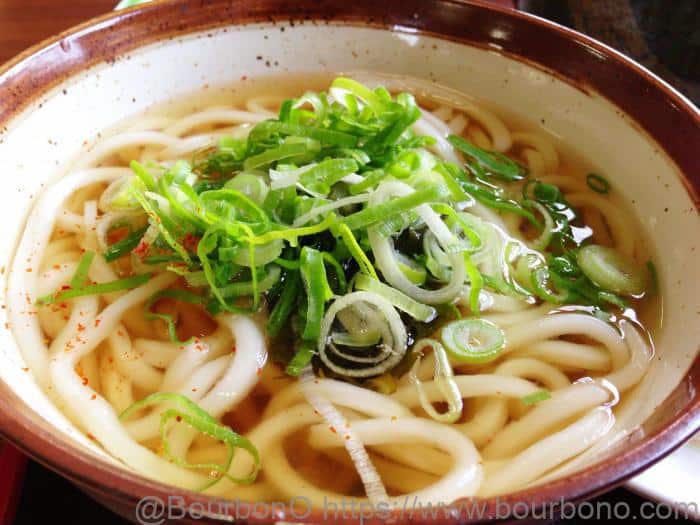Cup noodles offer a trouble-free and mostly self-sufficient way to have a fast snack. Usually, all you do is pour in some hot water, let it sit for a stipulated period and it’s ready to go.
Despite cup noodles’ stress-free prep nature, some believe that alternatives can always work as well as the original idea and then questions like ‘can you microwave cup noodles?’ become frequently asked.
This article is going to help clear that doubt.
Can you microwave cup noodles?
No, you shouldn’t microwave cup noodles. It is perfectly fine to microwave certain foods but cup noodles aren’t one of them. It says right on the carton of the cup noodles that it’s unsafe to put cup noodles in a microwave.
Rather, it is recommended that when making cup noodles, you boil water and then pour the boiled water into the carton where the dry noodles sit till the water gets to the ‘fill line,’ after which you let the noodles sit in the water for three minutes and voila! Your cup of noodles is ready to eat.
One of the top brands of cup noodles is Nissin cup noodles and microwaving Nissin cup noodles remains a lingering discourse.
Can you microwave Nissin cup noodles?
Yes and No. This is because Nissin cup noodles come in two packaging variants, the ones in Styrofoam cups and the ones in paper cups.
The Nissin cup noodles that come in paper cups are very much microwaveable, but its styrofoam cup variants are not to be microwaved, here’s why; Styrofoam is believed to be toxic, when you microwave a styrofoam container, the toxins can come out of it and go into your food.
You can still microwave it, but in a microwave-safe container, add water to it and let it microwave for 3 minutes.
In the case of the microwaveable Nissin cup noodles that come in paper cups, those are originally meant to be microwaved from the start. Open the lid, pour some water in and let it cook in the microwave for the recommended number of minutes.
We have said earlier that you can’t microwave cup noodles. So why is it that we aren’t meant to cook cup noodles in the microwave? What is the reason?
Why can’t you microwave cup noodles?
Risk of potential harm from harmful chemicals.
Cup noodles originally come in Styrofoam containers. Styrofoam containers are disposable and are not to be used for cooking of any form.
When styrofoam containers come in contact with heat, the material melts, distorts, and has the potential to let harmful chemicals into your food.
Styrofoam containers are disposable, which means that they are made to be used only once and then thrown away.
The chemical contamination from microwaving your cup noodles in the styrofoam cup that it comes in is a risk that should not be taken.
Read also: Can You Microwave Ramen in a Styrofoam Cup?
Does microwaving cup noodles cause cancer?
Yes, it does. Cup noodles themselves are not a potential cause of cancer, but as mentioned above, styrofoam containers are not safe for the microwave.
During microwaving, harmful chemicals like styrene, which is carcinogenic may seep into the noodles and can increase the risk of getting cancer.
Temperature seems to play a big role in how much toxins seep into the hot noodles. The higher the temperature of the cup noodles, the more seeping occurs.
When the temperature is about 122 degrees Fahrenheit, there’s little or no styrene found in the food, however, when the temperature reaches a high of about 158 degrees Fahrenheit, traces of styrene can be found in the hot noodles.
Cup noodles will always be and have always been a favorite, take a look at five of our favorite cup noodles.
Read also: How Long Do You Cook Bagel Bites in Air Fryer, Oven, & Microwave?
Five cup noodles we love.
- Nissin Cup Noodles Very Veggie Spicy Chicken Flavor.
- Nissin Cup Noodle Seafood Ramen Noodle Soup
- Nongshim Kimchi Noodle Soup Cup
- Maruchan Taste of Asia Tom Yum
- Mike’s mighty good vegetarian vegetable ramen noodle cup soup
Ten minutes ago, you were most likely still wondering if you can microwave cup noodles, but look at you all knowledgeable. We hope that you extend this knowledge to any other food item that comes in styrofoam containers. Please do not microwave it in such a container, rather get a microwave-friendly container if you have to cook it in a microwave.
Some microwave-friendly containers include ceramic containers, glass containers, paper plates, and foil.
Nonetheless, always look below or at the side of any ceramic, glass, foil, or paper plates or containers you intend to use in the microwave because more often than not, the manufacturers include a microwave-safety recommendation.



